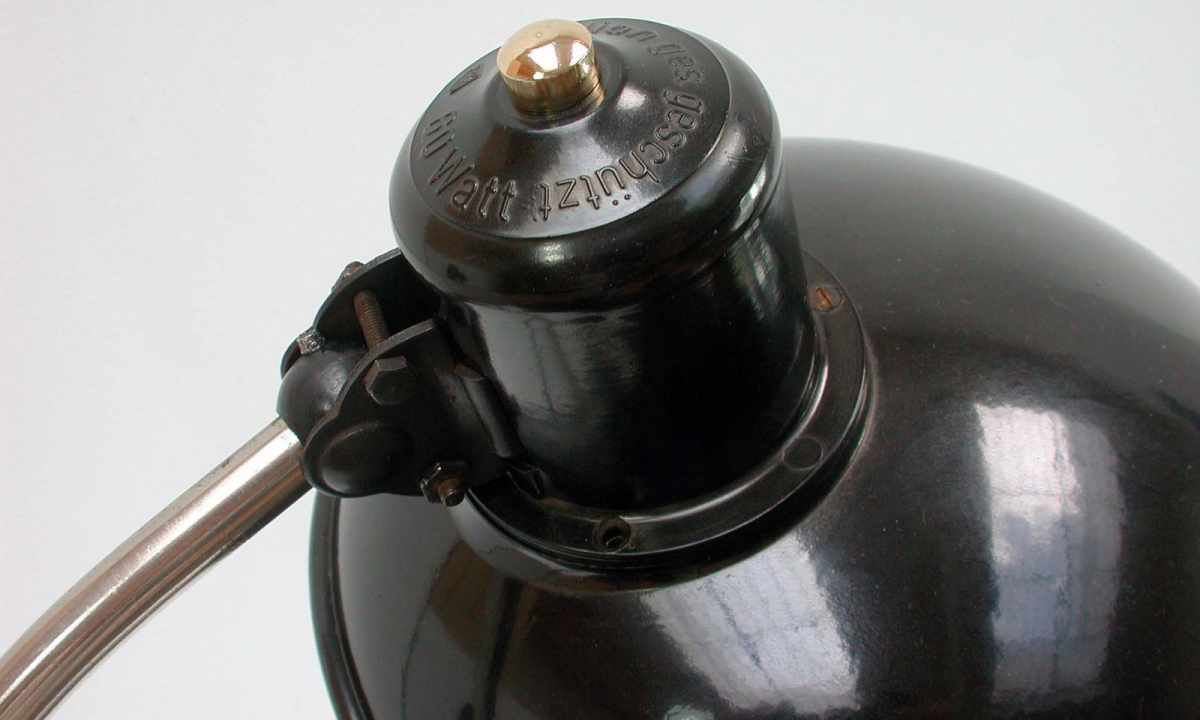Bakelite is the material which is one of types of plastic. Receive bakelite by means of condensation of formaldehyde resins and phenols with alkali use.
Invention
The idea of creation of bakelite as nonflammable, heavy-duty and reliable plastic has appeared at Leo Bakelando - the inventor from Belgium. There was it in 1909. For a long time materials were used only to satisfy needs of various spheres for the industry. Then its use for creation of sharp solid materials for which bakelite was basis. But in it is modern the world material is used absolutely in other industries. The little later the small weight and durability of material have made it the basic during creation of jewelry inexpensive jewelry.
Popular this material became not at once - only 30 years later, due to improvement and expansion of color palette. And bakelite began to be used at the drguy enterprises - where household accessories and jewelry were created. After war, material has stopped being popular, but in the 80th years the popularity has increased again. In it there was mostly merit of designers from America.
Features of production
Bakelite is formed of the following materials:
- Acid or alkaline catalysts.
Material by means of oxidation of methanol at the increased temperatures in 650-660 degrees is produced, and in this process the catalyst is silver. One more important component plastic - phenol - is got from wood, products of oil processing or brown peat. All ingredients necessary for creation merge in forms and heat up to temperature of 80 degrees.
Important point: Bakelite A raw materials if to hold it at the room temperatures, have the properties similar to properties of rosin.
Properties
To the main material properties it is possible have carried the following:
- Insolubility of form even at long heating.
- Good solubility in alcohol.
- Strong covering.
- Heat conductivity.
- Surface resistance to pressure and friction.
- Chemicals resistance (except concentrates of sulfuric and nitric acids).
Among shortcomings of material it is possible to note:
- The big density because of which things turn out very massive.
- Harm of material because of number of poisonous connections and components.
Differences of the present from fake
There are following ways to check material for authenticity:
- Material processing by any cleaning household means will lead to yellow spots.
- Material at impact on it hot water begins to exhale the smell similar to aroma of camphor.
It should be noted that to make fake very simply - enough to have materials and conditions necessary for this purpose. Then it is possible to make products and in house conditions. Most often only testing allows to reveal and convict fake. Without the special equipment and qualification it is possible to take counterfeit products from this material for original.

